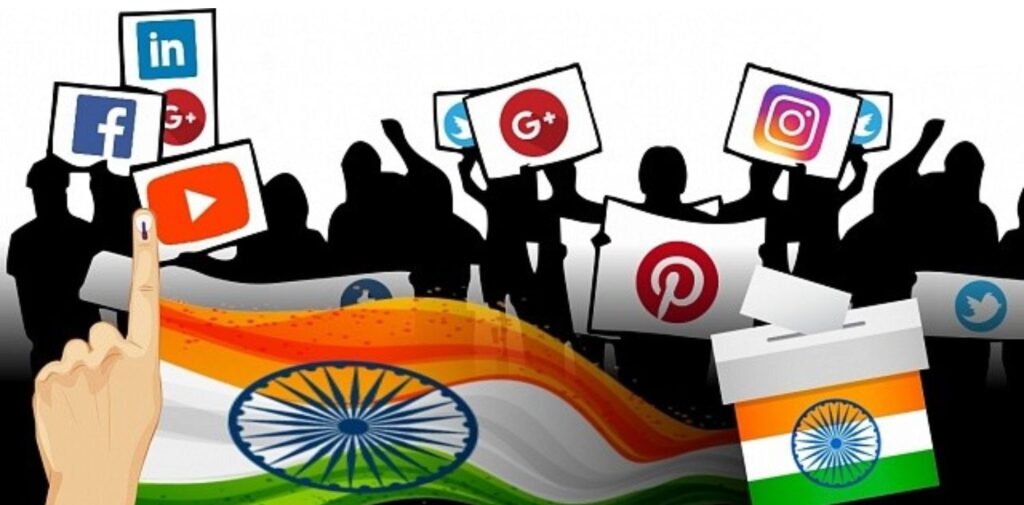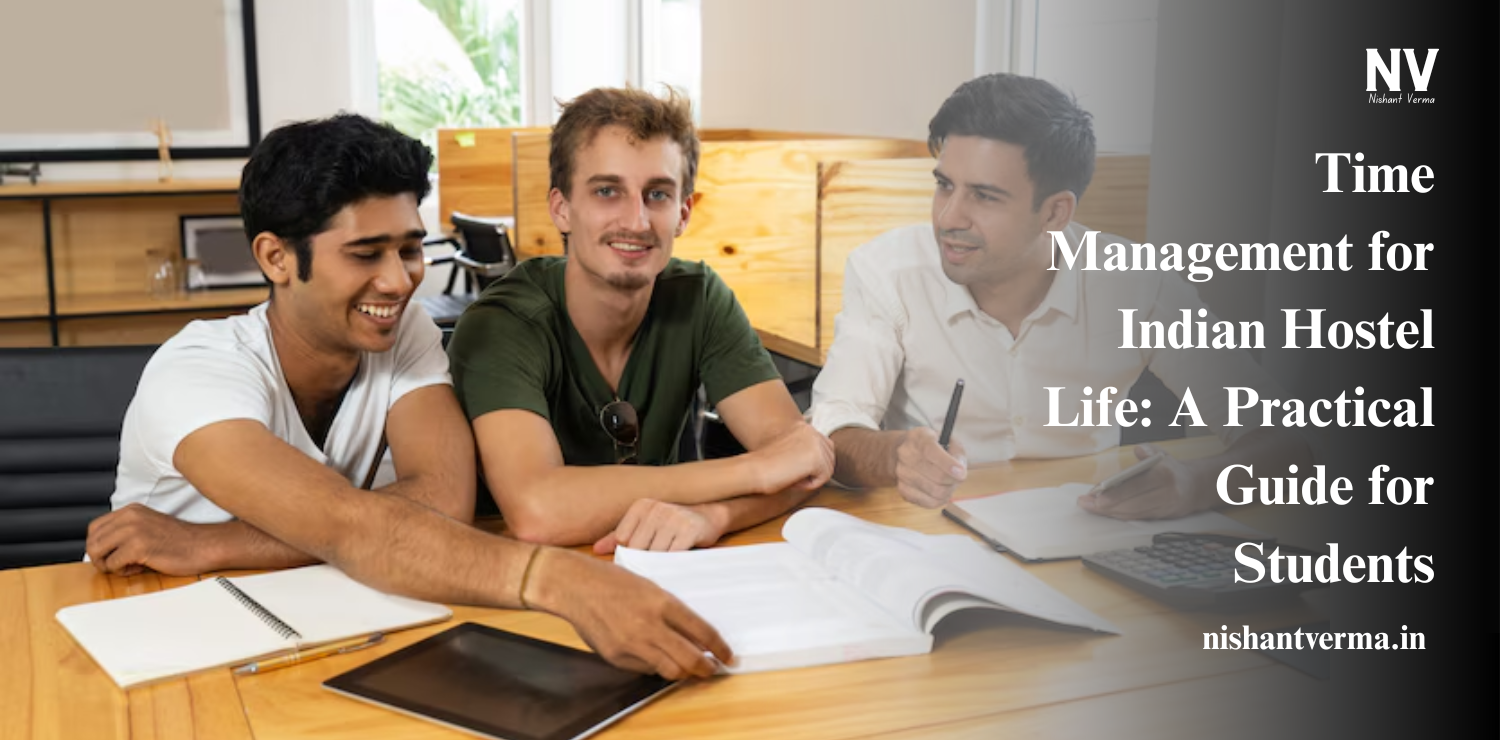In recent years, social media has transformed the political landscape of India in unprecedented ways. Platforms like Facebook, Twitter, and WhatsApp have not only become tools for communication but also powerful instruments for political mobilization, public discourse, and election campaigns. This article explores how social media influences modern Indian politics, highlighting real-time examples and the implications of this digital revolution.
A New Era of Political Engagement
Historically, political campaigns in India relied heavily on traditional media—newspapers, television, and public rallies. However, the rise of social media has shifted this paradigm. With over 700 million internet users in India, a significant portion of the population now engages with political content online. Social media allows politicians and political parties to reach a larger audience directly and interactively.
Take, for example, the 2014 and 2019 general elections. The Bharatiya Janata Party (BJP) effectively utilized social media to communicate its message and connect with voters. Their campaign strategies included targeted advertisements, meme marketing, and the use of influential personalities to amplify their reach. The result? A historic victory that showcased the power of digital engagement in Indian politics.

Mobilizing Support and Creating Communities
Social media has enabled the formation of online communities that rally around specific political issues or parties. Hashtags like #ModiForPM and #CongressKaHaath have gained momentum, allowing users to express their support or dissent publicly. This phenomenon not only mobilizes supporters but also fosters a sense of belonging among like-minded individuals.
Moreover, during events like protests or rallies, social media plays a crucial role in organizing and disseminating information. The 2020 farmers’ protests against the controversial farm laws exemplified this. Farmers used platforms like Twitter and Facebook to share their grievances, mobilize support, and garner international attention. This digital solidarity highlighted how social media can amplify grassroots movements, challenging traditional power structures.
Shaping Public Opinion and Political Discourse
The influence of social media extends beyond mobilization; it also shapes public opinion and political discourse. Politicians now must navigate a 24/7 news cycle driven by social media commentary. A single tweet or post can spark debates, trends, and sometimes even controversies.
For instance, during the COVID-19 pandemic, social media became a battleground for information and misinformation. While many used it to share updates and support, others spread false narratives about the virus and vaccines. This underscores the dual-edged nature of social media in politics—it can inform and engage, but it can also mislead and polarize.

Challenges of Misinformation and Polarization
One of the most pressing challenges of social media in Indian politics is the spread of misinformation. False news can travel faster than verified information, leading to confusion and distrust among the populace. Political parties sometimes exploit this by creating propaganda to sway public opinion.
Moreover, social media has contributed to political polarization. The echo chamber effect, where users are exposed mainly to information that reinforces their existing beliefs, can deepen divisions among different groups. The 2020 Delhi riots, which were fueled by communal tensions exacerbated through social media narratives, illustrate how online discourse can spill over into real-world violence.
Regulation and Ethical Considerations
Given these challenges, the question of regulation arises. How can the government and social media platforms ensure that information shared online is accurate and responsible? Initiatives to fact-check content and promote digital literacy are essential. The Election Commission of India has also introduced guidelines for social media campaigning to maintain fairness during elections.
However, regulation must be balanced with the need for free expression. Overly stringent measures could stifle dissent and curtail democratic freedoms. Finding this balance is crucial in preserving the integrity of political discourse in the digital age.

The Future of Social Media in Modern Indian Politics
As we look to the future, the role of social media in Indian politics is likely to grow even more significant. With advancements in technology and changes in user behavior, we can expect to see new platforms emerge and existing ones evolve. Politicians and parties will continue to adapt their strategies to harness the power of social media for political gain.
Furthermore, the increasing importance of youth in the electorate means that understanding social media dynamics will be vital for any political party aiming to connect with this demographic. Young voters are more likely to engage with political content online, making social media a critical avenue for outreach.
Conclusion: Social Media in Modern Indian Politics
The influence of social media in modern Indian politics is undeniable. It has transformed the way political communication occurs, how campaigns are run, and how public opinion is shaped. While it offers immense opportunities for engagement and mobilization, it also presents significant challenges related to misinformation and polarization.
As we move forward, it is essential for both political actors and citizens to navigate this digital landscape thoughtfully. Emphasizing responsible use of social media, promoting digital literacy, and advocating for fair regulations can help ensure that this powerful tool serves democracy rather than undermines it. In a rapidly evolving political environment, the future of Indian politics will undoubtedly be intertwined with the digital realm, shaping the voices and choices of a diverse and vibrant electorate.




